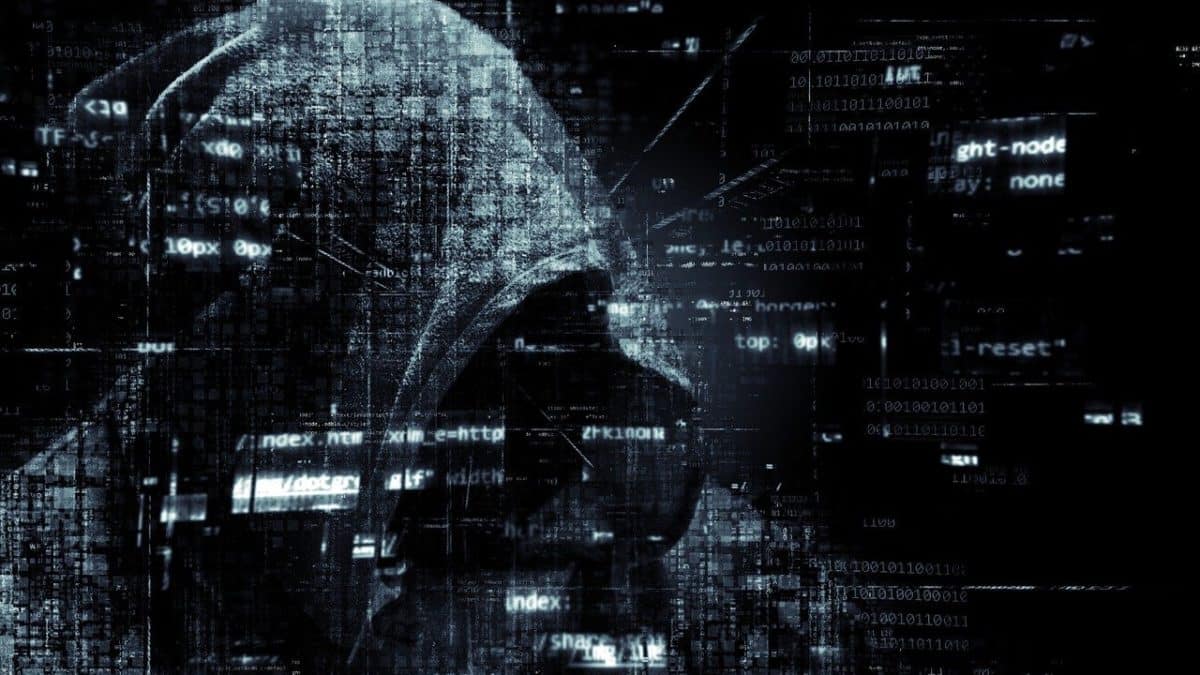
 At an astounding rate, cybercrimes are committed in the Internet Age. Some Internet crimes may appear harmless, while others can cause immense harm to you or your organization. To ensure the safety of your network, equipment, and private data, it is essential to understand the different types of Internet crimes and to respond swiftly when an Internet crime occurs.
At an astounding rate, cybercrimes are committed in the Internet Age. Some Internet crimes may appear harmless, while others can cause immense harm to you or your organization. To ensure the safety of your network, equipment, and private data, it is essential to understand the different types of Internet crimes and to respond swiftly when an Internet crime occurs.
What Constitutes Internet Crime?
Internet crime, also known as cybercrime or online crime, refers to any criminal activity committed on a computer or through the internet. Consequences can be severe if a person commits a cybercrime or is the victim of one. Typically, cybercrimes fall into one of three categories:
Crimes Against Individuals – Crimes that affect an individual, such as stalking, identity theft, and online harassment.
These crimes affect an object or piece of property, such as computers or servers. Among the property crimes are hacking, virus transmission, and copyright infringement.
Crimes Against Government – These are cybercrimes that violate the sovereignty of a nation, including cyberterrorism, online piracy, and hacking confidential information, among others. There are numerous subcategories of cybercrime to be aware of, despite the fact that the three categories of internet crimes listed above provide an overview of the offense.
Understanding the distinct types of Internet-related crimes
To protect yourself or your organization from an attack, it is crucial to understand the various types of internet crime that exist.
 Consider the most prevalent types of cybercrime committed today:
Consider the most prevalent types of cybercrime committed today:
Scamming
Since the inception of the Internet, phishing has been one of the most prevalent forms of online fraud. Phishing is a technique used by hackers to obtain personal information by posing as a legitimate business. For instance, they may claim that your account has been compromised or that you have won a prize in exchange for your private information.
In phishing, fraudsters send phony links requesting sensitive information. These links typically arrive via e-mail or text message on your mobile device, and sometimes even via phone call. Unfortunately, phishing scams can appear extremely credible.
Phishing scams may request sensitive information such as: • Bank Account Information • Social Security Number • Credit Card Number • Online Passwords • Personal Identification Number (PIN)
If you find a suspicious link in your inbox, conduct the necessary research. Verify the sender of the email or text message. Most of the time, phishing emails are a dead giveaway that something is amiss, and you should not respond to them.
Online Scams
Similar to phishing, online scams seek to obtain your personal information. Pop-up advertisements, professional-appearing e-mails, online contests, and other ostensibly harmless online scams may target you for personal gain.
Social Media Intrusion
When someone gains access to your personal social media accounts, this is referred to as social media hacking. Social media hacks can sometimes be completely harmless. Occasionally, it can destroy a person’s life, causing them to lose work and sleep, or even worse.
Malware
Malware is software that has been programmed with the intention of causing damage to your data and devices. Malware and malicious software can harm devices such as computers, tablets, and mobile phones. In addition, criminals can gain access to sensitive information such as credit card details.
Ransomware
Although ransomware is a type of malicious software, it deserves a separate entry on this list. Ransomware attacks are a type of cybercrime that affects numerous multinational corporations. Ransomware is a virus that encrypts your network’s data and files so that you cannot access them.
Child Solicitation, Mistreatment, and Exploitation
Child abuse and exploitation are unfortunately all too common on the Internet. Cybercrime units at the state and federal levels have numerous online issues to investigate, including human trafficking, child pornography dissemination, and online grooming in virtual communities.
Cyberstalking
Cyberstalking is identical to traditional stalking, except that it occurs online. Cyberstalking encompasses any behavior that uses technology to threaten, extort, harass, or menace a person online in a continuous or recurring manner. Any form of stalking, including cyberstalking, is one of the most common indicators of an abusive relationship.
Cyberbullying
Cyberbullying is another contentious issue, while traditional face-to-face bullying has fallen out of favor. Cyberbullying is the use of electronic communication to threaten, intimidate, or harass a person, and it is punishable by law, particularly if the victim self-inflicts harm. In recent years, there have been numerous major news stories about cyberbullying and federal programs to prevent its perpetuation.
Cyberterrorism
Cyberterrorism, as defined by the FBI, is any premeditated and politically motivated attack on information, computer programs, systems, or data that results in violence or damage against noncombatant targets. Cyberterrorism can be perpetrated by non-state actors or rogue agents. Cyberterrorism examples include attacks that cause: • Physical Injury • Death • Explosions • Plane Crashes • Water Contamination • Severe Economic Loss
Identity Theft
Identity theft is a prevalent form of cybercrime that primarily aims to perpetrate fraud for monetary gain.
Cybercriminals frequently steal identifying information, such as credit card numbers, e-mail or residential addresses, passwords, and social security numbers. Sadly, unsuspecting and defenseless individuals, such as the elderly, are frequent victims of identity theft. Accused individuals frequently seek the assistance of an internet crime attorney or a theft lawyer for the prosecution of their crimes.
Online Piracy
The act of downloading or distributing copyrighted content or intellectual property without payment constitutes online piracy. Internet users can, in simple terms, “pirate” or steal streamable content with unlimited playback. The problem of online piracy is widespread, especially when it comes to downloading movies, television shows, and music. This is a direct violation of federal copyright laws, punishable by hefty fines and even imprisonment.
Copyright Violation
In 1998, Congress passed the Digital Millennium Copyright Act (DMCA) to safeguard the copyright and intellectual property of Internet users. The DMCA serves three primary objectives:
• Establishing protections for online service providers whose users infringe copyrights, including the creation of a notice-and-removal system to notify users of copyright violations
• Making it illegal for individuals and organizations to provide false or misleading copyright management information
Obtain Expert Assistance to Manage an Internet Crime Case
Whether you have been accused of committing a cybercrime or have been negatively affected by one, you will need assistance navigating the legal system. Work with an attorney who has experience prosecuting and defending a variety of Internet-related offenses.
Contact Ryan Garry immediately to discuss your individual situation with a knowledgeable internet crime attorney and to begin the fight against your cybercrime charges.
